
Take A CPR And First Aid Classes To Assist Someone In Need
Help Someone In Need With CPR And First Aid Classes
Learning how to do CPR and first aid certification may not be something you can apply in your everyday life. You do not need to be in the healthcare profession to learn this. Illinois Safety is a top-rated American Heart Association training site in Chicago. We offer four different classes that are helpful for first-aid treatments. Their programs provide certifications once you finish taking their classes.
You may find available classes here. Pre-course works are available for their ACLS classes too. Contact us at (630) 290-4280. Their training is available for both physical and online set-up.
What Is First Aid?
Many people do not realize how learning first aid is a must not until they need it. If you witness someone collapsing, what do you do? If there is someone having difficulty breathing, how are you going to help them? In our attempt to save someone, we must be sure of the actions we will take. Remember that giving basic first aid is the first step to saving their lives.
First aid is the initial action taken in emergencies. First aid is done when a person gets injured or is in a life-threatening situation. First aid is not limited to this scenario. We can also provide first aid treatments to prevent a situation from worsening.
What Is CPR?
CPR stands for Cardiopulmonary Resuscitation. Victims who suffer from breathing problems can be helped through this process. CPR helps bring the heart and lungs back to their normal working condition. It is an emergency procedure that involves compression of the chest. Chest compressions help to generate the blood circulating in our body.
CPR can also take the form of artificial respiration. This is when the responder breathes air into the patient’s mouth. By doing this, they are providing air to the lungs of the patient. This is to maintain the level of oxygen that the body needs.
Why Do We Need To Attend CPR And First Aid Classes?
In medical emergencies, when there is no medical professional around, who do we call for help? If you see someone choking, drowning, or suffering from a heart attack, first aid is what they will need most. Today, we will show you how much First Aid & CPR Training valuable.

1. It Can Save A Life
That is the very reason why you should consider First Aid & CPR classes. There are approximately 400,000 people who die every year. This is due to a sudden heart attack. Performing CPR is a huge step in saving them. This process preserves their brain function. Having a functioning brain is necessary to keep the blood flowing in your body.
2. Comforts A Patient
A patient would know if you really knew what you were doing. This brings them comfort and makes them less anxious. If you have knowledge of performing CPR, you are increasing the patient’s comfort.
3. To Avoid The Situation To Get Worse
Sometimes, a person is not given any immediate first aid, which could lead to worse situations. This is why preventions are always better than cure. By performing first aid, we prevent somebody’s health condition from worsening.
4. Great Help To The Community
Not all areas come with an excellent healthcare system. When an emergency situation arises, calling for an emergency may take time. If the situation worsens, it might be too much for the patient to handle. We all know how it goes.
If you know how to perform first aid, it would be a great help to your community. While CPR may be a popular method, many do not have knowledge of it.
5. Cardiac Arrests Usually Occurs At Home
As sad as it may sound, most cardiac arrest cases happen at home. With no one to help or provide basic first aid. There are about 80% of cardiac arrests that occur at home. This data is according to the American Heart Association (AHA).
For every minute that a person does not receive CPR, you are decreasing their chance to live.
6. Cardiac Arrest Can Happen To Anyone
Several known factors cause sudden heart attacks. It may be because of age, gender, lifestyle, or maybe an existing heart disease. No age has an exemption for this incident. There are about 7,000 children and infants on record who are victims of cardiac arrest. It can also happen to people with no previously diagnosed heart conditions. As they always say, “Prevention is better than cure.”
It is better that we know what to do in times like those rather than not being able to help when we have the chance to do so.
7. Some Victims Do Not Survive
The mortality rate of cardiac arrest victims who are outside hospitals is about 90%. This is a sad reality. Hospitals can do check-ups and provide treatments immediately. But when a patient cannot afford to pay their hospital bill, they would rather stay at home. This is why we need to learn how to do the basics. Imagine if most of us knew how to perform CPR and could help someone live longer.

8. CPR Can Make AEDs More Effective
If the patient is able to receive CPR immediately, it could increase the chances of reviving with the use of AEDs. AED stands for Automated External Defibrillator. These devices are available in areas like hotels, gyms, churches, and offices. They are an accessory to reviving someone.
Still, you must remember that you must understand the basics of CPR practices first. Data has shown that the combination of performing CPR and using AEDs increases survival rates by 9%.
9. Performing CPR Can Quadruple The Chances Of Surviving
There is nearly a 45% survival rate for patients who receive CPR from bystanders and 10% when it comes to the hospital. The problem is not how difficult it is to save a victim. It is about how many people outside the medical profession can perform first-aid treatments and CPR.
10. Every Minute Matters
Did you know that an arrest victim who does not receive CPR increases their death chances by 10%? Imagine that a medical professional takes about 5 to 10 minutes to respond. During those times, their chances of living might increase only if someone around knows how to perform CPR.
What Type Of Classes Can I Take?
Basic Life Support (BLS) Training
This classroom course aims to provide the ability to identify several life-threatening situations. American Heart Association Basic Life Support (AHA BLS) receives certification for participating in the class after completion. The class is about 1-2 hours long.
Illinois Safety offers blended online training for BLS. If you are planning to become a nurse, paramedic, or the like, you will need a BLS certification.
Heartsaver First Aid
This course is a video-based, instructor-led program. This class helps you prepare to respond to emergencies. While the emergency responders are not around yet, first aid treatment is a must. Heartsaver First Aid will teach the students the duties and responsibilities of first aid responders.
Once you complete this course, we expect that you will learn valuable lifesaving skills. Undergoing this training means preparation for you as well. Whether you are in the medical profession or not, this course will give you the knowledge you need.
Heartsaver CPR AED
Just like Heart Saving First Aid, Heart Saving CPR AED is a video-based, instructor-led program too. The course aims to teach both adults and children the proper use of CPR and an AED. This course includes learning infant CPR and even relieving someone who is choking.
Heartsaver CPR AED helps you gain both the skill and confidence to carry out CPR tasks. This type of training is helpful for your professional growth. A lot of jobs require certification from this type of class. The class runs for about 2 hours. The students can receive their certificates on the same day.
Both Heartsavers types of classes cover all first aid topics, too. The lessons include ways to respond to and even cope with traumatic emergencies. This service is perfect for those who have no medical training yet. Our company provides CPR & First Aid certification to those who finish the class.
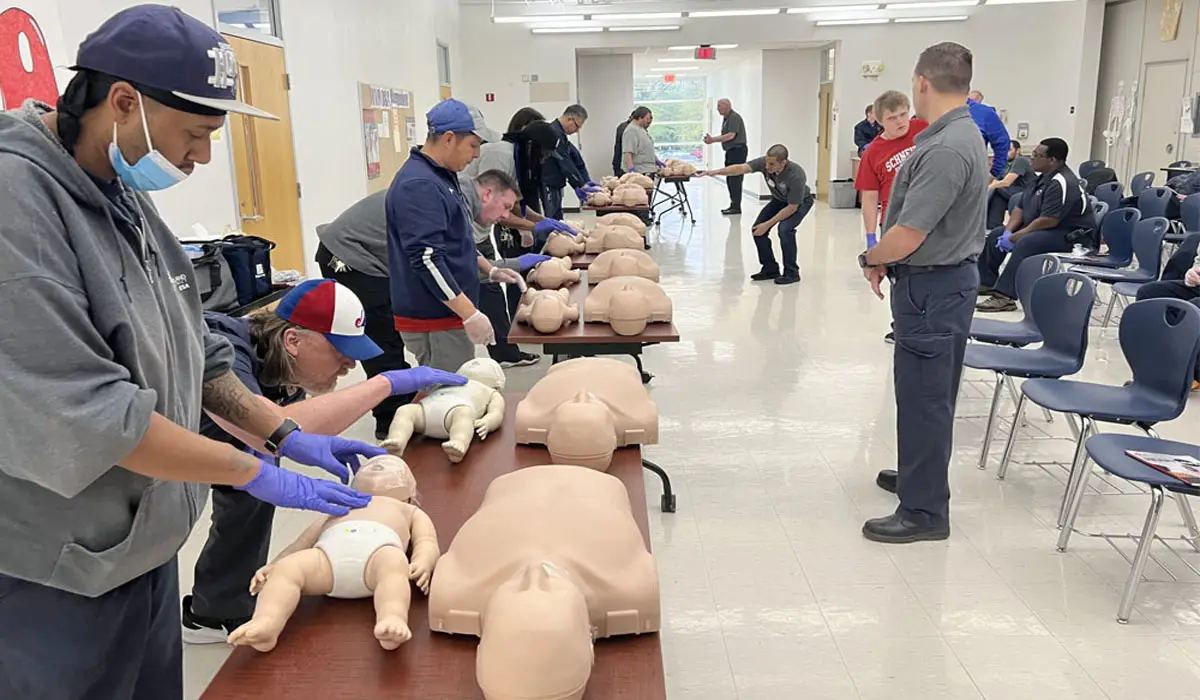
Why Take Classes From Illinois Safety?
Experienced Trainers
Trainers play a big role in the training process. It is difficult to keep someone’s interest for a long time. If the trainer is ineffective, it will reflect on how the students will perform.
Teachers at Illinois Safety are current firefighters and paramedics. Their experiences in the workplace are already an advantage for you as a student. As they experience the situation firsthand, you will be trained firsthand too.
Illinois Safety Near You
You can find us in different parts of Illinois. Traveling takes time. Good thing Illinois Safety can be found at most places in Chicago, even at your facility. Illinois Safety brings comfort closer to you. No CPR & First Aid classes near me can never be an excuse now. Illinois Safety makes it possible for you to learn without driving too far from home.
You may contact us through our phone number at (630) 290-4280 or email us if you have any concerns. You may check the locations of Illinois Safety classes near you on our website.
If you have any inquiries, frequently asked questions can be viewed on our website too. This can serve as a guide for your enrollment procedures. Our students also have their reviews posted on our website. You may check them for references. If you are still looking for local CPR and First Aid classes, do not hesitate to enroll at Illinois Safety.
Know that every life matters and that every minute matters. Taking First Aid and CPR classes takes a few hours of your time in exchange for saving someone else’s life. As they always say, “Be the change you want to see in the world.”
Illinois Safety Offers The Services As Follows:
Other Articles We’ve Hand-Picked For You:
Frequently Asked Questions
They can help relieve pain temporarily by performing simple procedures that reduce pain. Knowing that you can save your own life, or the lives of people you know or those in trauma during an emergency, allows you to relax and feel more secure.
While CPR classes focus on helping someone experiencing cardiac arrest, first aid classes focus on all other emergencies: cuts, fractures, choking, and everything in between. Taking both of these classes can be extremely useful in the event of an emergency.
The acronym DRABC refers to the procedures used by first responders when providing first aid:
- Danger – Evaluate the situation.
- R for Response – Check for consciousness and vital signs.
- A stands for open airway.
- B for breathing – Check respiration rates.
- C for Circulation – Apply chest compressions.
This course will refresh your knowledge of first-aid procedures and techniques. It will teach you the proper response to a variety of emergencies as well as the confidence to use an AED machine. You will also learn how to perform CPR properly.
To ensure your own safety and to assist the injured person, take the following steps: Ensure your own safety. Take care of the injured person. Get help with first aid. Stay with the person until help arrives. Inform the injured person that they must complete an incident/injury report form.




































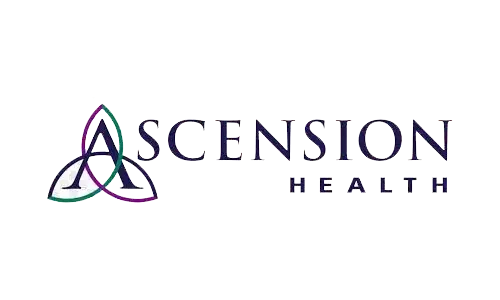


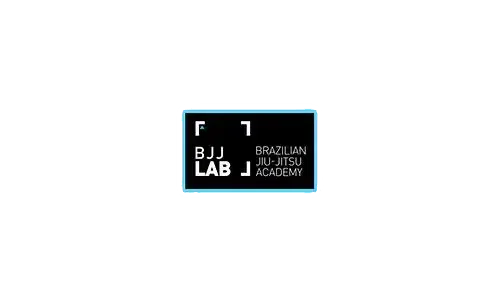










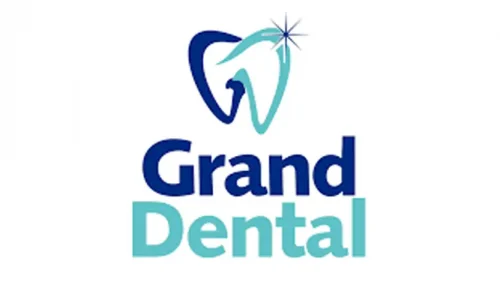





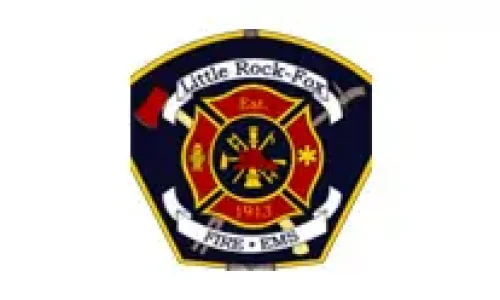




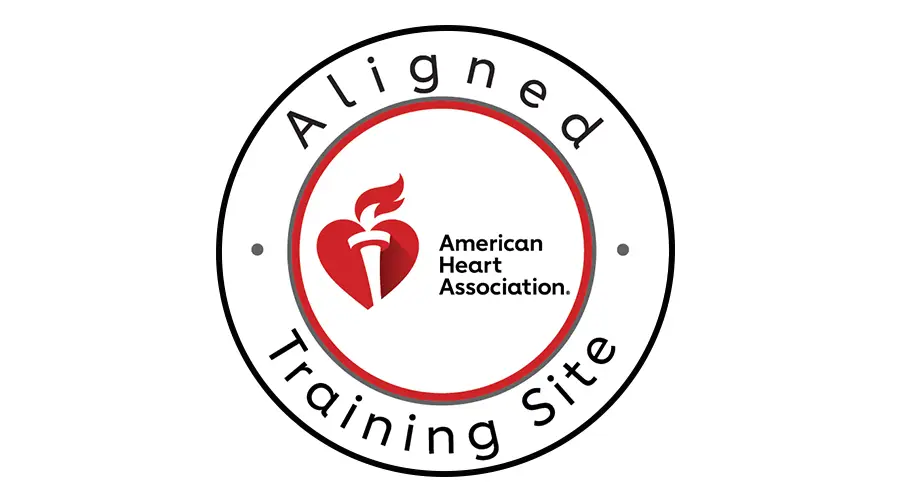
 Powered by
Powered by